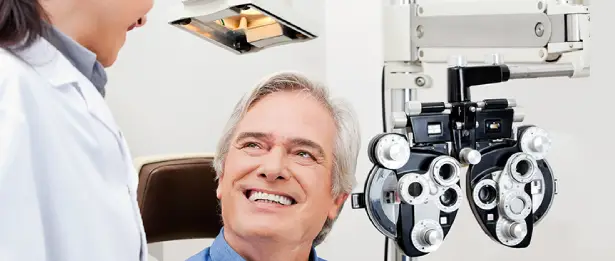Cataract is the loss of transparency of the natural lens of the eye. Although it is generally a disease of the patient group over the age of 50, cataracts can be seen in any age group, including the neonatal period. It may cause a decrease in visual acuity, scattering in light, double vision, fading of colors and a change in glasses prescription (such as increase in myopia, decrease in hypermetropia).
Cataract Treatment at Liv Hospital
If cataract is not treated, it can cause long-term vision loss, eye pressure, intraocular inflammation, and weakening of the ligaments that hang the lens. During cataract surgery, the natural lens that loses its transparency is removed and replaced with an artificial lens. At least as important as surgery is lens measurement and choosing the appropriate lens for each patient. In our clinic, in addition to far-focus (monofocal) lenses, toric (astigmatic), multifocal (multifocal), trifocal (three-focus) or toric mutifocal intraocular lenses are applied.
Cataract Surgery
Cataract treatment usually involves surgery. Surgical treatment involves removing the clouded natural lens and inserting an intraocular lens (IOL), an artificial lens. The surgical procedure is usually performed under local anesthesia and patients can usually return home the same day. Cataract surgery is an effective treatment method that often improves the patient's vision and improves their quality of life. However, it is important to evaluate the doctor and make a decision together with the patient before surgical intervention.
